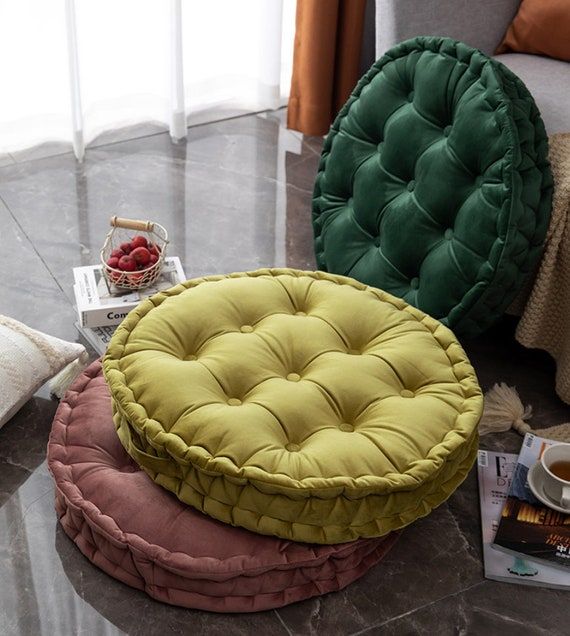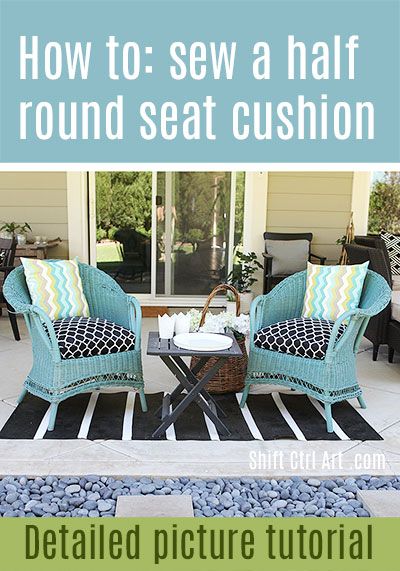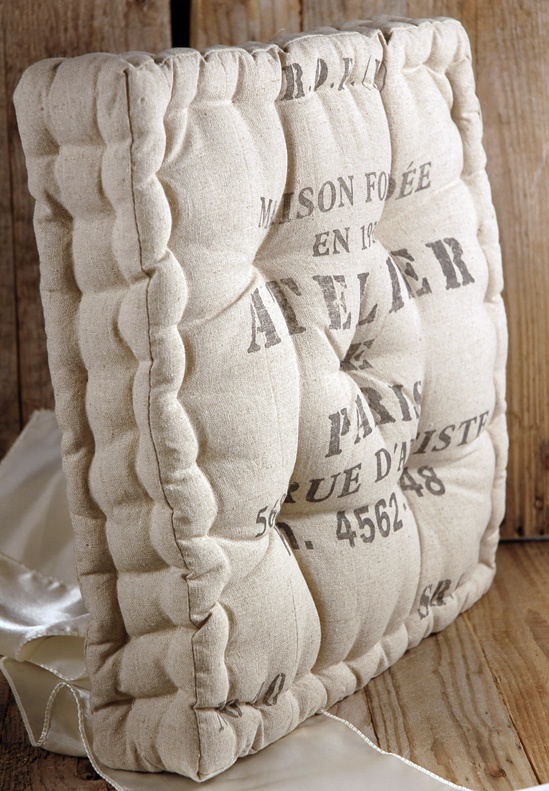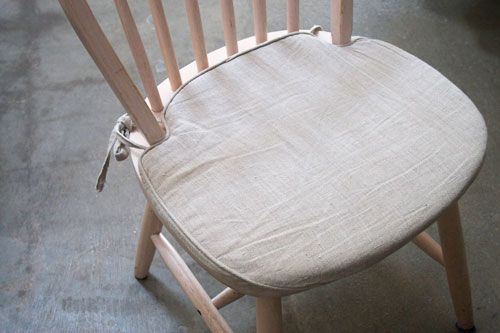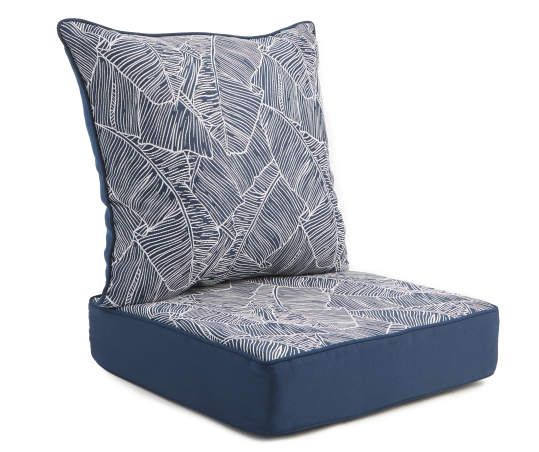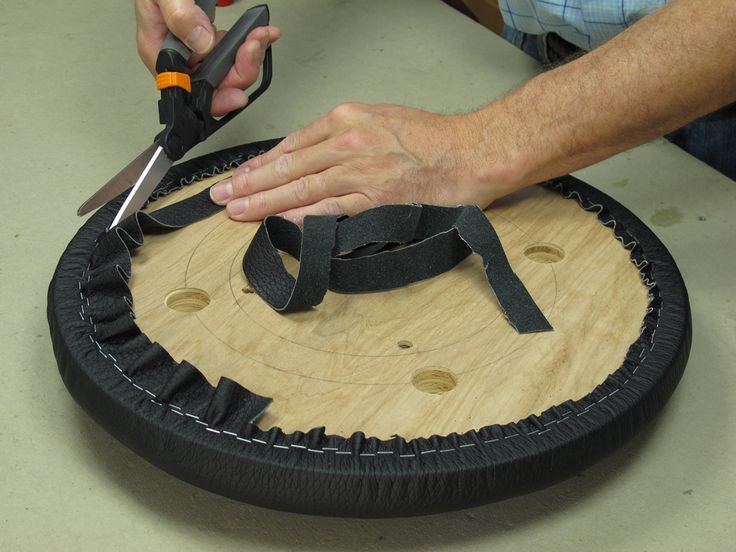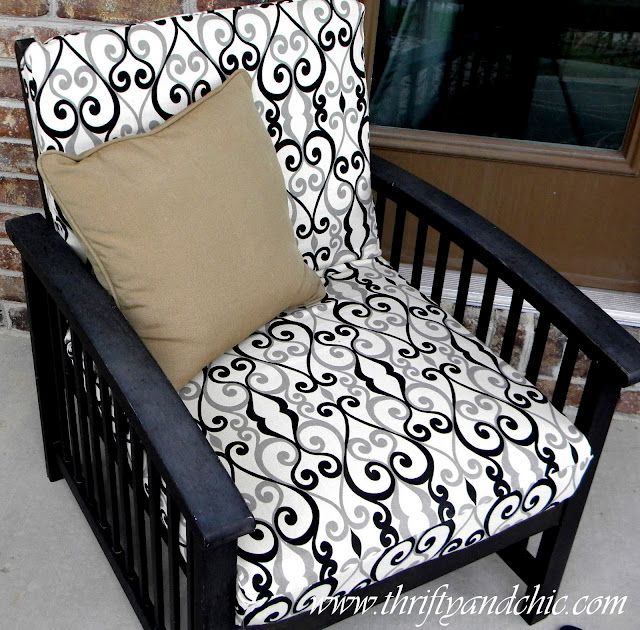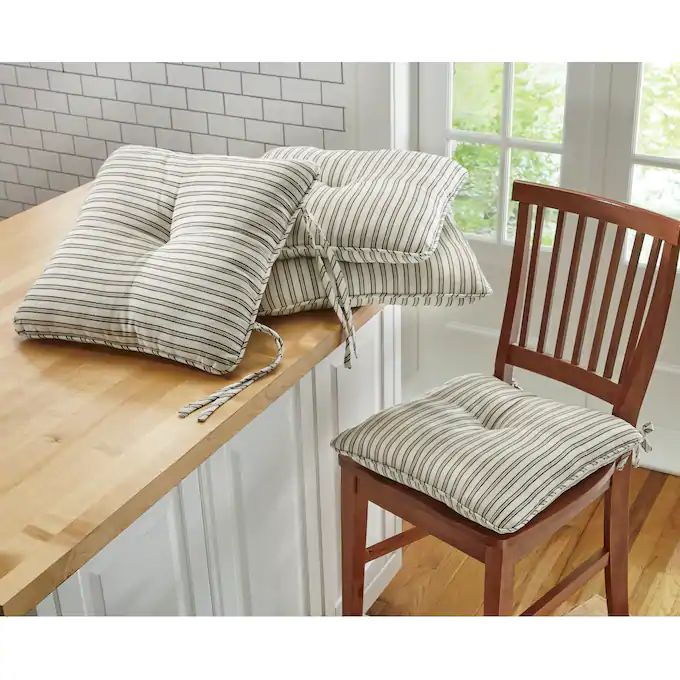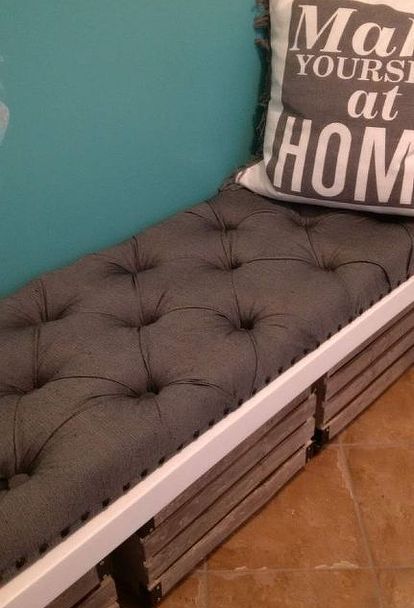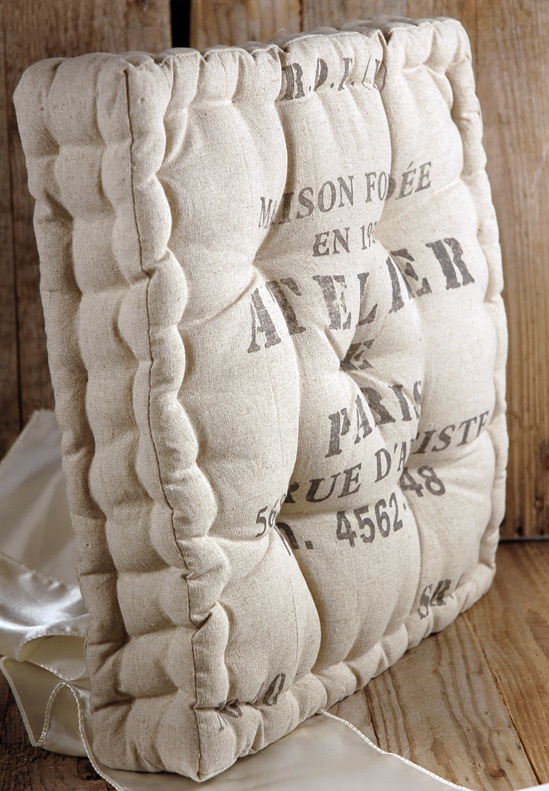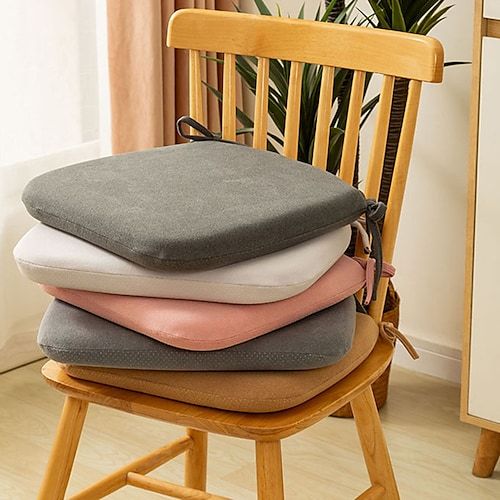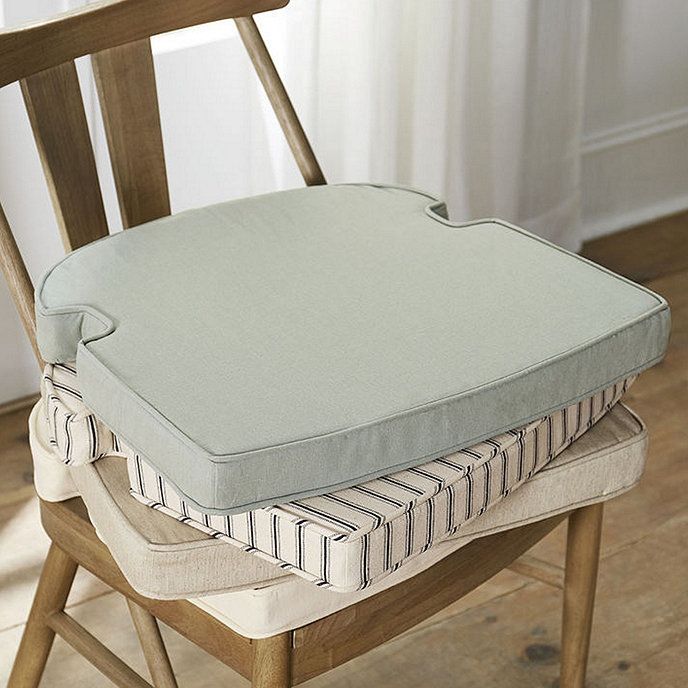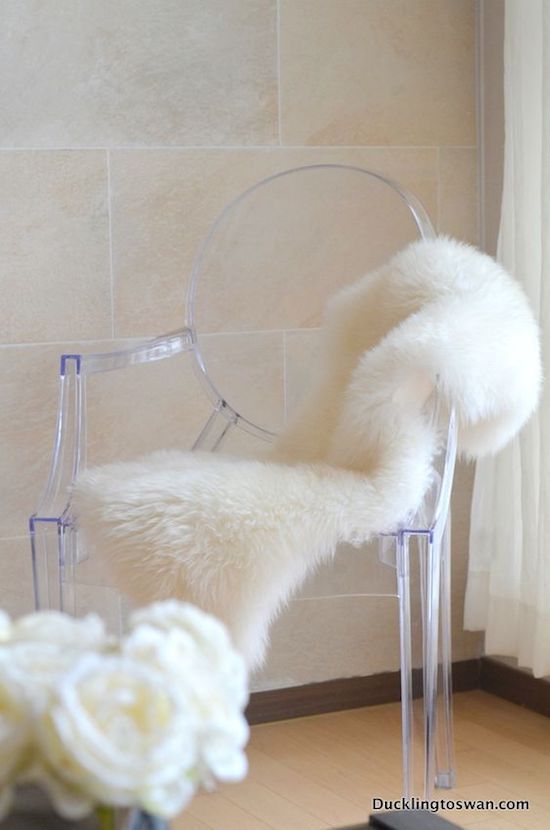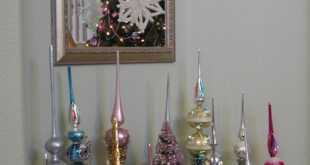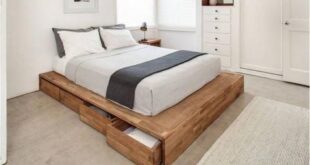While a chair provides the basic support we need while sitting, they are mostly designed for practicality rather than comfort. Adding a pillow can make all the difference.
Chair and seat cushions are not only functional, they can also look great by adding a nice pop of color and harmonizing with the decor. Here are some tips on how to choose the one that best suits your needs.
Where should I use chair and seat cushions?
For simplicity, you would use a chair cushion for any type of chair that doesn’t have its own padding.
Chair and seat cushions are often used for dining room chairs, which are usually just bare wood or metal frames, for garden chairs or even office chairs.
Each of these would likely be chosen based on different considerations.
- With dining chairs, the focus is on style as these chairs are not used for long periods of time and often easy cleaning because there is a possibility that something will spill on it.
- For outdoor chairs you would have to decide Materials suitable for outdoor use, possibly damp and humid environment. They should be harder and more durable.
- In an office, you want to pick a pillow with one ergonomic design This provides optimal support for your posture and reduces the risk of back pain.
Which size should I choose?
The best way to determine the size of the pillow is Measure the chair it is meant for that.
- Measure the width and depth of the seat.
- If you are using a back cushion, don’t forget to subtract the thickness of the seat cushion from the height of the back cushion.
If your seat is a shape other than a square or rectangle, you’ll likely need to order custom-made cushions based on that a homemade template. To do this you should:
- Place a piece of paper on the chair and flatten it along the underside of the seat. Be sure to press the outside edges of the paper firmly.
- Draw the shape of the seat where you want the side of the cushion to sit and cut out the template.
- Test to make sure your pattern fits the way you want your pillow to fit.
Which foam is best for chair cushions?
Important considerations when filling the cushions are comfort and durability, but the type of foam that works for one type of chair may not be the best option for another.
Indoor chair cushions
polyurethane foam is best suited for indoor use. Not only is it an affordable option, but it also comes in a variety of densities so you can choose the one that suits you best. Higher densities are more durable for chairs that are used frequently.
Outdoor chair cushions
However, outdoor polyurethane is not a good option. It absorbs water quickly and this can lead to mold and mildew. Closed cell foam is the better choice here as it resists water absorption, although it is a more expensive option.
How thick should my seat and chair cushions be?
Seat and chair cushions are provided generally available in 3″ to 8″ thickness. Anything else would count as a seat cushion.
While pillow thickness is usually a matter of personal preference, there are a few things to consider before automatically opting for the thickest and softest option.
- if you choose Cushions for dining room chairsYou need to think about the dimensions of the chair. A cushion that’s too thick doesn’t look as good and can also result in the chair being too high for you to comfortably put your legs under the table.
- Outdoor seating cushions are usually significantly thicker than those for indoor use. This is generally because it is needed. Depending on the individual design and the material used, garden furniture is less comfortable.
- The thicker the pillow, the more material is needed and the higher the overall cost. So when buying Cushions for several rarely used chairsA thinner and therefore cheaper insole would probably be the best choice.
- Thinner pillows are also easier to care for. This makes them more suitable for places and households where the pillows need to be cleaned frequently.
Can you wash a seat cushion?
Seat cushions may seem a bit more complicated to clean than regular cushions, but how you look after them affects both their longevity and their appearance.
Depending on the type of pillow and the materials used, there may be a specific cleaning method. You should always follow label directions. If no information is available, here are some ways to clean your pillows:
- Remove the pillowcase, if possible. This can often be put straight into the washing machine.
- If you are not sure whether the pillow or cover is washable, Try to wash a very small and hidden area First clean the pillow to see if washing will damage it.
- If only the cover or the surface of the foam needs washing, then then Use a plumping shampoo. Rub the cleaner into the surface and wipe off excess material.
- When the whole pillow needs to be washedThen fill a sink or bathtub (depending on the size of the pillow) with enough warm water to completely submerge the pillow, add a little dish soap and stir the water to ensure proper distribution.
- Repeated Apply pressure to the surface of the pillow and then release. This will suck water and detergent into the center of the pillow and clean it. If the water is dirty, replace it with clean water.
- Drain the soapy water and fill the tub with fresh water Rinse out soap. Repeat the above process a few times. A shower head can be used for a final rinse.
- Squeeze the pillow between the towels Dry off excess water before putting the pillow on. This is a light and warm place to dry.

